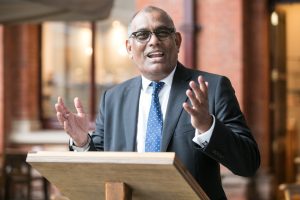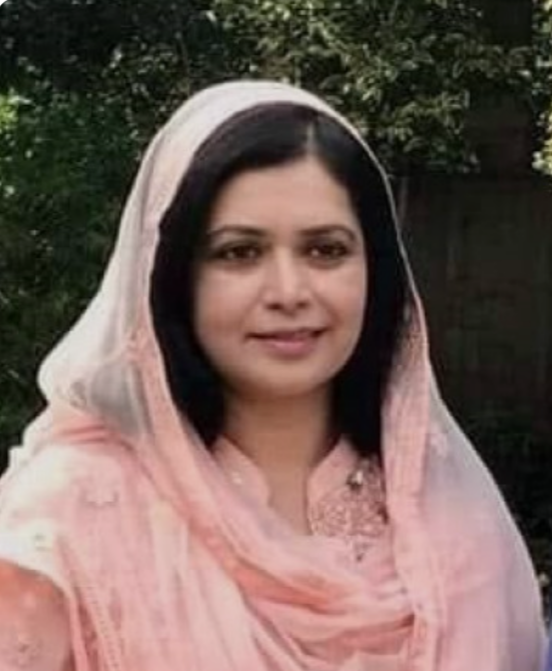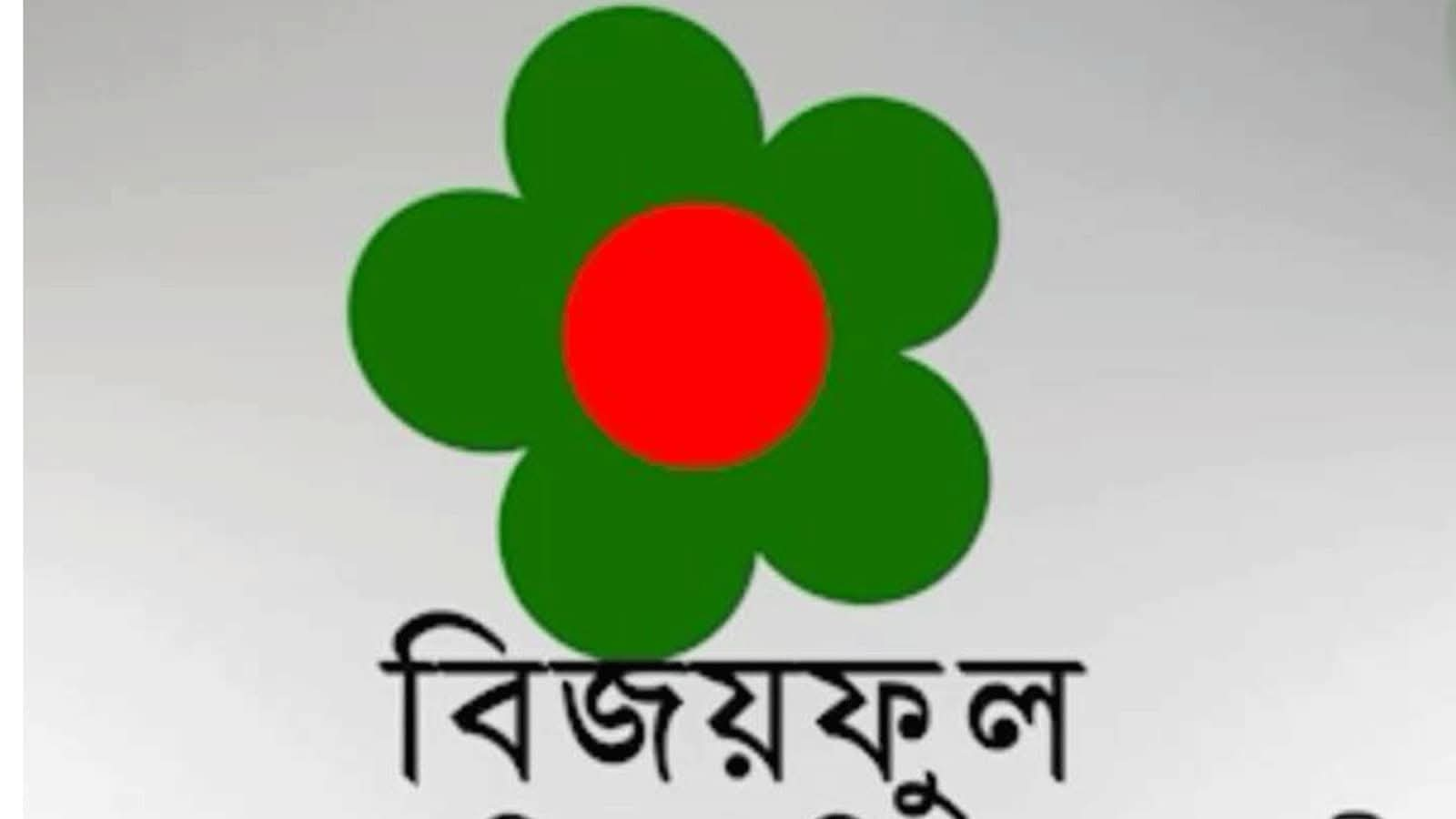Student Protests in Bangladesh: Causes, Dynamics, and Implications

Imran Chowdhury
Introduction
Bangladesh, a nation with a vibrant and dynamic youth population, has recently witnessed student protests that have garnered national and international attention. These protests, which began in response to specific incidents and broader systemic issues, have raised significant questions about the state of governance, societal inequities, and the role of external influences. This report aims to provide an in-depth analysis of the latest situation regarding the student protests in Bangladesh, exploring their root causes, potential external influences, and broader implications for the country.

Historical Context
Bangladesh has a long history of student activism, with students playing crucial roles in major political movements, including the Language Movement of 1952 and the Liberation War of 1971. The tradition of student activism has continued into the contemporary period, often serving as a barometer of broader societal discontent.
In recent years, student protests have erupted in response to issues such as road safety, education reform, and government corruption. These protests have not only highlighted specific grievances but have also underscored the broader frustrations of the youth with the status quo.
The Latest Wave of Protests
Immediate Triggers
The most recent wave of student protests in Bangladesh began in response to an incident involving the death of a student in a road accident, which was perceived as a result of reckless driving and lax enforcement of traffic laws. This incident ignited widespread outrage, leading students to take to the streets demanding stricter enforcement of traffic regulations, better public transportation safety, and accountability for those responsible.
The largely peaceful protests quickly gained momentum as students from various universities and schools joined in. Social media was crucial in mobilising students and spreading information about the protests.
Broader Grievances
While the immediate trigger was the road safety issue, the protests quickly evolved to encompass a broader range of grievances. Students began voicing their concerns about:
- Corruption and Governance: Many students expressed frustration with pervasive corruption within the government and public institutions. They highlighted issues such as bribery, lack of transparency, and the influence of powerful elites in shaping policies that often disregard the interests of ordinary citizens.
- Education System: The protests also revealed the inadequacies of Bangladesh’s education system. Students decried the lack of quality education, insufficient infrastructure, and the commercialization of education, making it inaccessible for many.
- Employment Opportunities: With high levels of youth unemployment and underemployment, many students see their prospects as bleak. They called for better job opportunities, fair employment practices, and government initiatives to address the employment crisis.
- Human Rights and Freedoms: The protests highlighted concerns about human rights violations, including police brutality, restrictions on freedom of speech, and the curtailment of democratic freedoms. Students demanded respect for human rights and the protection of civil liberties.
Government Response
The government’s response to the protests has mixed concessions and repression. Initially, the government promised to address road safety issues and announced measures to improve traffic regulations. However, as the protests continued and expanded in scope, the government adopted a more repressive stance, deploying law enforcement agencies to disperse protesters and arrest key activists.
Reports of police brutality, the use of tear gas, and the arrest of students have raised concerns about the government’s commitment to addressing the root causes of the protests. These actions have further fueled the anger and resolve of the protesters.
Root Causes of the Protests
Socio-Economic Factors
- Economic Disparities: Despite significant economic growth, Bangladesh faces stark economic disparities. The benefits of growth have not been evenly distributed, leading to a growing divide between the rich and the poor. Many students, particularly those from less privileged backgrounds, feel marginalised and disenfranchised.
- Youth Unemployment: The high rate of youth unemployment is a critical issue. Many graduates struggle to find jobs matching their qualifications, leading to frustration and hopelessness about the future. This economic insecurity is a significant driver of the protests.
Political Factors
- Authoritarian Tendencies: The current government, led by the Awami League, has been accused of increasingly authoritarian practices. Allegations of election rigging, suppression of dissent, and control over the judiciary have eroded trust in democratic institutions.
- Corruption and Lack of Accountability: Pervasive corruption at various levels of government has led to a lack of accountability and transparency. Students perceive corruption as a major barrier to social justice and equitable development.
Educational Factors
- Quality of Education: Bangladesh’s education quality remains a significant concern. Students face overcrowded classrooms, inadequate facilities, and a lack of qualified teachers. The education system is often criticised for being out of touch with the job market’s needs.
- Cost of Education: The rising cost of education, especially in private institutions, has made it increasingly difficult for many students to afford quality education. This commercialization of education is seen as perpetuating inequality.
External Influences and Conspiracy Theories
International Pressure
Some government officials and analysts believe that international pressure and the influence of foreign governments or organisations may be contributing to the protests. This view suggests that external actors could leverage students’ discontent to destabilise the government or advance their own geopolitical interests.
Covert Third-Party Instigation
Another theory posits that covert third-party groups, potentially with political motivations, are instigating the protests to undermine the government. This could include opposition parties, dissident groups, or even international NGOs with specific agendas. These theories often lack concrete evidence but serve to complicate the narrative around the protests.
Social Media and Misinformation
The role of social media in spreading information and mobilising protests cannot be underestimated. However, it also raises the issue of misinformation and the potential for external actors to influence public opinion. The rapid dissemination of unverified information can escalate tensions and contribute to the spread of conspiracy theories.
Implications of the Protests
Social and Political Impact
- Increased Political Awareness: The protests have led to a surge in political awareness among the youth. Many students who were previously apathetic or disengaged from politics are now actively participating in civic activities and demanding change.
- The strain on the government: The protests have pressured the government to address the protesters’ demands. Failure to do so could result in a loss of legitimacy and further unrest.
- Potential for Reform: If the government responds positively, the protests could lead to meaningful reforms in areas such as road safety, education, and governance. This could improve public trust in the government and enhance social stability.
Economic Consequences
- Disruption of Daily Life: The protests have disrupted daily life, including transportation, education, and business activities. This can have short-term economic consequences and affect the country’s overall productivity.
- Investor Confidence: Prolonged unrest can impact investor confidence and deter foreign investment. Stability and good governance are crucial for attracting and retaining investors.
Long-term Prospects
- Empowerment of Youth: The protests have empowered youth and given them a platform to voice their concerns. This could lead to a more engaged and active citizenry in the long run.
- Strengthening of Civil Society: Students’ involvement in protests can strengthen civil society and promote democratic values. A vibrant civil society is essential for holding the government accountable and protecting citizens’ rights.
Conclusion
The student protests in Bangladesh represent a significant moment in the country’s socio-political landscape. They manifest deeper underlying issues, including economic disparities, governance failures, and frustrations with the education system. While there are theories about external influences and covert instigations, the primary drivers of the protests appear to be internal and rooted in the youth’s legitimate grievances.
The government’s response to the protests will be crucial in determining the future trajectory of these movements. A repressive approach could exacerbate tensions and lead to further instability. At the same time, a constructive response that addresses the root causes could pave the way for positive change and strengthen democratic governance in Bangladesh.
Ultimately, the student protests underscore the need for systemic reforms and a more inclusive approach to governance that prioritises the needs and aspirations of the younger generation. Addressing these issues is critical not only for Bangladesh’s current stability but also for its long-term development and prosperity.





